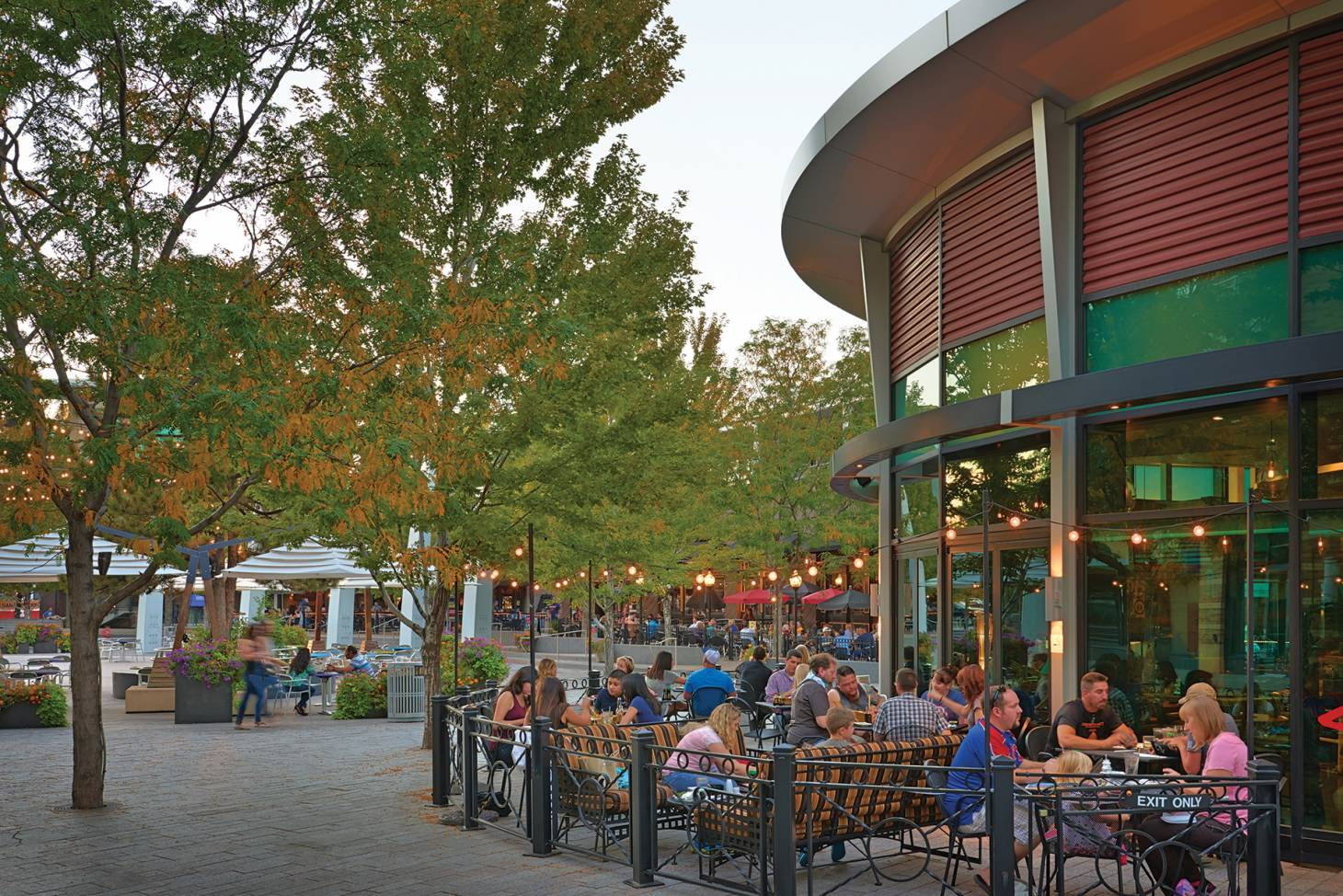Villa Italia opened in 1966 in Lakewood, Colo., as the largest enclosed center in the West, with 140 stores and four anchors — Foley’s, J.C. Penney, Joslins and Montgomery Ward — plus a full-size Woolworth’s.

Built almost entirely out of blonde brick, the center added on a second story in the 1980s to compete with newer centers, which ramped up retail space to about 1.4 million square feet and added fountains, skylights and similar amenities.
An economic decline gripped the immediate market in the 1990s, however, and the center sunk into obsolescence — in a city that had become the fourth-largest in Colorado. Villa Italia closed in 2001 and was demolished to make way for a sparkling, 22-block, mixed-use Lakewood “downtown” with a new name: Belmar, the work of Denver-based developer Continuum Partners.
Belmar enjoyed some solid leasing traction before its May 2004 opening; its first phase comprised 80 shops and restaurants plus some entertainment businesses, event space, residences and offices. Best Buy, Hobby Lobby and Nordstrom Rack were among the early tenants. The 280,000 square feet of office space attracted the likes of Omnicom’s regional headquarters.
Belmar, which featured some of the state’s first LEED-certified buildings, evolved into an economic engine for Lakewood. It helped bump up neighborhood property values by a whopping 700 percent between 2004 and 2012. The area’s household income now exceeds $100,000 annually.
By Steve McLinden
Contributor, Commerce + Communities Today


